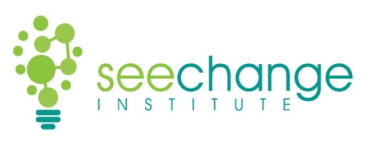Climate Mental Health Resource Library
Description and Purpose
The purpose of the “Climate Mental Health Resource Library” was to create a consolidated and more extensive list of climate mental health resources beyond what is detailed in the report narrative. The value of this user-friendly resource library is that it enables distinct users (or “actors”) with different interests and needs (individuals/young people, educators/educational institutions, caregivers/families, community groups, and mental health professionals) to conveniently identify resources available and relevant for their use. The database is sortable so that relevant resources can be easily identified.
Structure of the Resource Library
The Library is initially grouped by the resource name (column A), followed by a description (column B). The URL link(s) for each resource are hyperlinked in Column A and can be used to gather more information about each resource. Resources were organized into four resource types: (1) clinical, (2) community, (3) education, and (4) media, in line with our categorization in the report.
Each of the specific resources listed is particularly relevant or applicable to particular “actors” or users; this is indicated with a checkbox in Columns D through H. In some instances, resources may be used by multiple actors. For example, Project Inside Out, a media resource, is appropriate for all actors; whereas the Climate Crisis Hotline, a community resource, is most appropriate for individuals/youth and young adults. Columns I and J indicate the resource’s channel(s) and age/age range for which it is recommended or designed, respectively.
Using the Resource Library
The Google Sheet filtering function may be used to sort resources by user/actor or resource type. For example, a user (e.g., an educator) may be interested in seeing only those resources pertinent to teaching and education.
To achieve this:
(1) Click on the green filter icon on the upper right corner of the “Educator/Educational Institutions” header (box E1).
(2) Click on the “Filter by Values” field and click on “FALSE” to un-check that value (only “TRUE” should be checked).
(3) Click “OK”. Now, only the resources relevant to education are visible. To see all resources again, simply click on the green filter icon again, and under “Filter by Values” click “Select All”, and press “OK”. The same method can be used to sort by any actor/user in the spreadsheet (columns D through H).
To sort by resource type (column C), or any other column in the spreadsheet (D through J), click on the green filter icon and sort from A -> Z or using another sorting method of choice.
Intrigued? Let’s chat!
